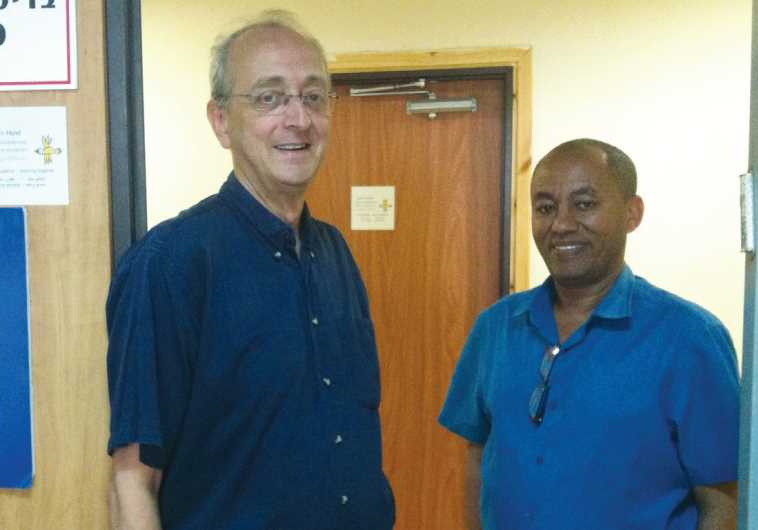A traumatic history
Over 30 years since the first wave of Ethiopian aliya, community members speak up about continued racism and discrimination.
 Danny Brom (left) and Asher Rahamim at the Israel Center for Treatment of Psychotrauma in Jerusalem.(photo credit: LAURA KELLY)
Danny Brom (left) and Asher Rahamim at the Israel Center for Treatment of Psychotrauma in Jerusalem.(photo credit: LAURA KELLY)